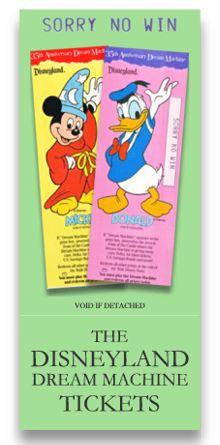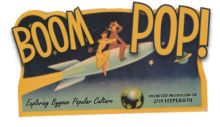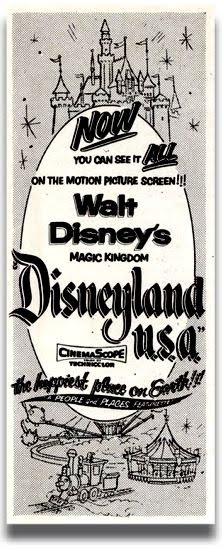It's a rather bizarre tale of radish obsessions, a physically abusive witch and a wandering blind prince. Sure, there's a young girl with long hair held captive in a tower, but the original Brothers Grimm story of Rapunzel is not quite the same as the Tangled affair that currently graces theater screens around the world. It's time again to consider the source.
As with much of their works, the Brothers Grimm version of Rapunzel is rooted in older folk tales and mythologies, most significantly the story of Rudaba by 11th century Persian poet Ferdowsi, and the Italian story of Petrosinella, penned in the late 17th century by Giovambattista Basile. Jacob and Wilhelm distilled these earlier tales into a rather cold, harsh and often disturbing account. It is indeed a far cry from the upbeat musical interpretation that the Walt Disney Studios has presented in the form of Tangled, its latest animated feature.
Unlike her movie counterpart, the Grimm Rapunzel is not a princess by birth. Her parents are commoners and quite a nutty pair. Childless and unhappy, the mother dearly covets her neighbor's beautiful radishes. Convinced his wife will die without the desired vegetables, he raids the nearby garden so to satisfy his spouse's obsession. Upon returning to the garden a second time, the man is caught by the old Witch whose radishes he as stolen. The Witch demands the couple's unborn child as payment for the radishes. The man complies. Not exactly the best of parents and wholly different from the noble and loving royal couple in Tangled.
Equally at odds with the Disney version is the Grimms' male protagonist. He is but a handsome and charming prince who is drawn to the captive Rapunzel by the young girl's beautiful singing. He climbs her tresses, seduces her, proposes marriage, concocts a long-term escape plan and at some point also manages to impregnate her. Disney's Flynn Rider instead gets walloped multiple times with a frying pan and then blackmailed by a much more chaste heroine.
Upon learning of Rapunzel's affair the old Witch cuts off all the girl's hair. The brothers then relate that the Witch was " . . . so hard-hearted that she took the poor maiden into a great desert, and left her to live in great misery and grief." The Witch then surprises the prince upon his next visit and he accidentally tumbles from the tower. He survives the fall, " . . . but the thorns into which he fell put out his eyes." In comparison, Flynn Rider just gets stabbed to death.
The Grimms' prince then wanders in a blind state, " . . . eating nothing but roots and berries, and doing nothing but weeping and lamenting for the loss of his dear wife." After a few years, he manages to find his way to the great desert where he discovers Rapunzel living with their twin children. She weeps in great joy and her tears fall upon the prince's eyes and cure his blindness. In Tangled, Rapunzel's single tear brings about Flynn's resurrection.
In the film, Mother Gothel meets her end due to rapid aging and ultimately turns to dust. In the Grimm story, "What became of the old Witch, no one ever knew."




















2 comments:
Wow! I didn't realized how close Lapine and Sondheim stayed to the original Grimm story in _Into the Woods_.
Walt: Have any of you even read the original Jungle Book?
Story guys: No...
Walt: Good
Post a Comment